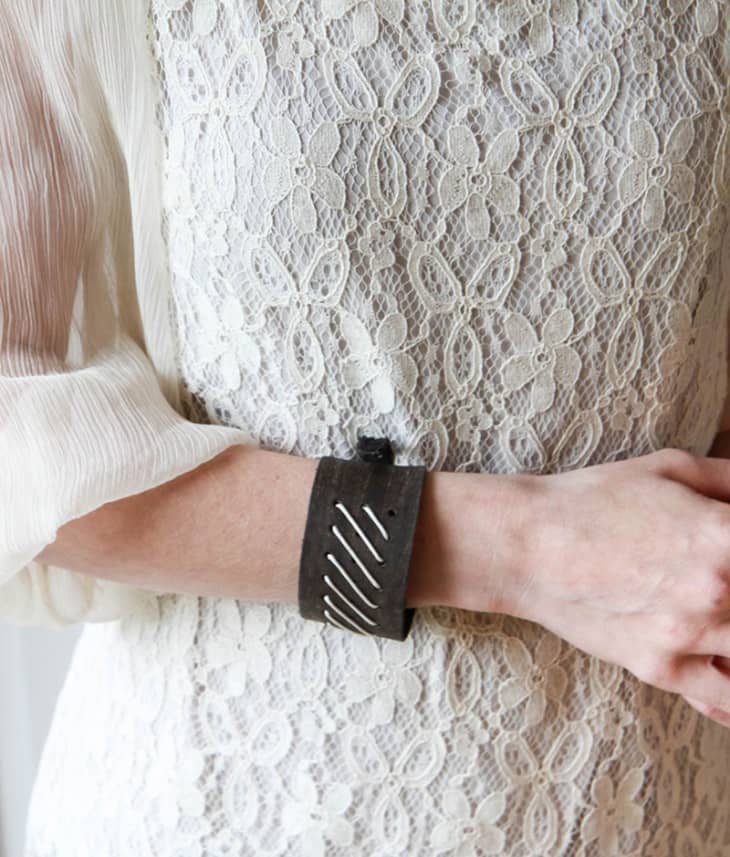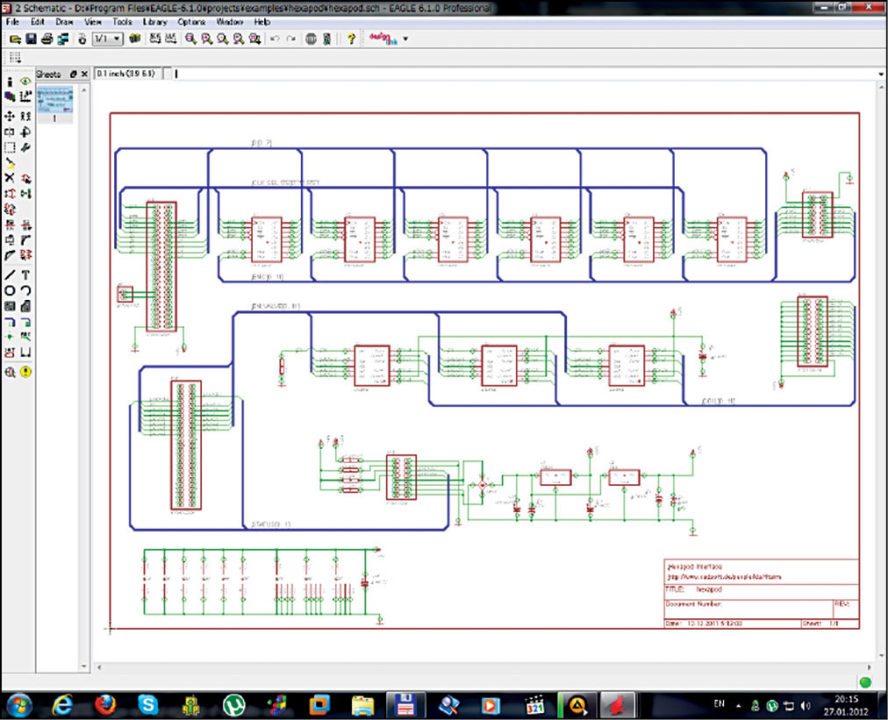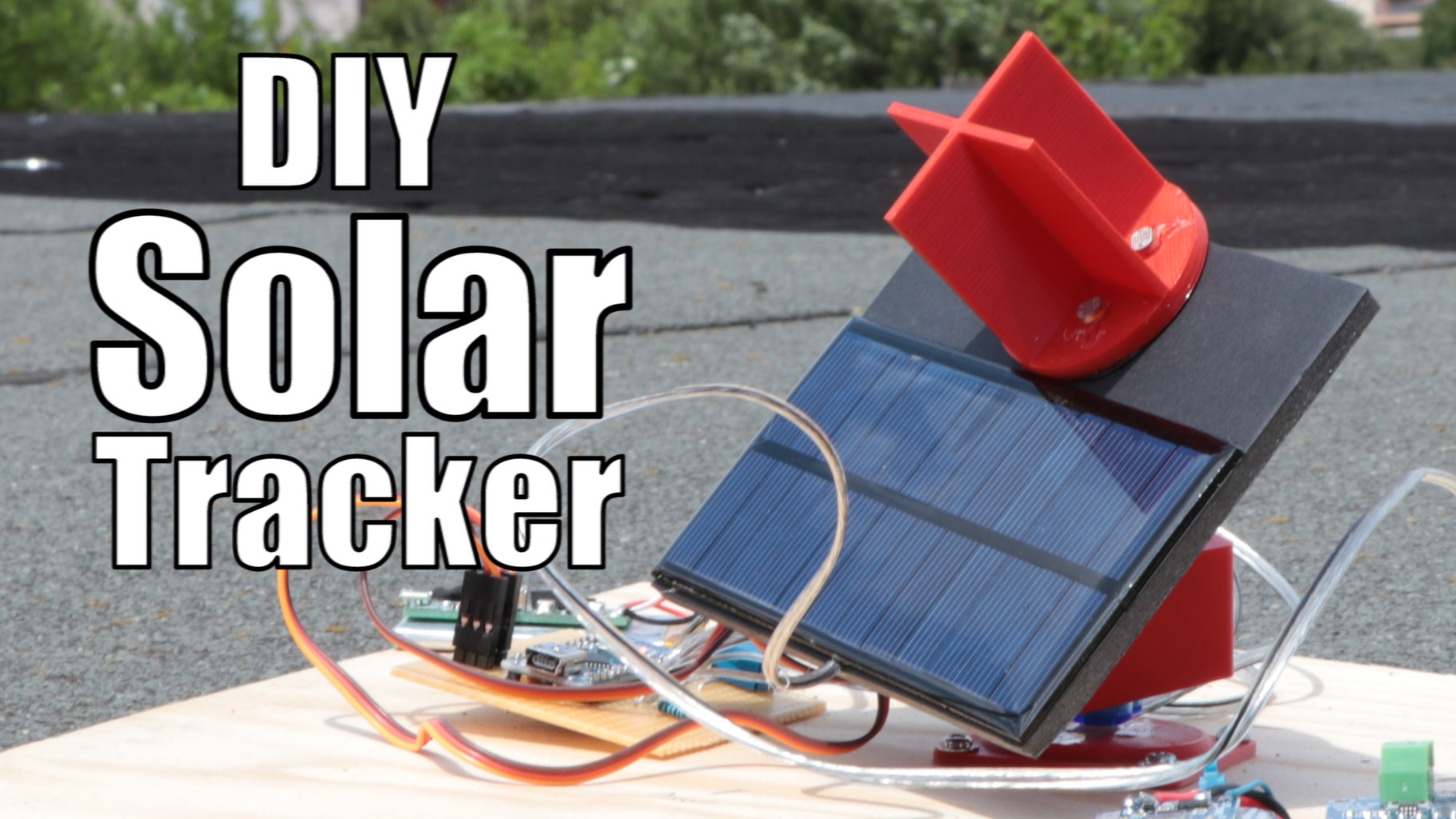PDF Design and Development of a Self Circuit Diagram Considering the continuing shift to digital fitness tools, devices like wearables or IoT-powered gym equipment are here to stay. There are several main segments in the smart fitness devices market: smartwatches, fitness trackers, smart clothing and shoes, smart exercise machines, and others. How IoT devices are changing the fitness industry.
Wearable Fitness Tracker; Voice-Controlled Home Automation; Smart Glasses; Smart Pill Dispenser IoT Projects. IoT-Based Smart Home System; IoT-Enabled Plant Care System Power Electronics Projects. Solar-Powered Fan System; DC-DC Converter; Power Management for Electric Vehicles; Home Solar Energy System; Battery Management System

Wearable fitness trackers as an IoT application Circuit Diagram
DIY Fitness Tracker(GET-FIT): Introducing GetFit, your ultimate health and workout partner. GetFit is an easy-to-use, teachable fitness tracker with the capability of detecting an endless variety of exercises. Input power must be greater than the output power, otherwise, the output voltage will be less than the nominal voltage.3. Output

Wearable fitness trackers have revolutionized personal health monitoring, making it easier to track physical activities, heart rate, and overall fitness goals. This guide provides a detailed step-by-step approach to creating a wearable fitness tracker using the ESP32, starting from component selection to programming and final assembly. Blues provides an ecosystem of hardware and software to simplify wireless connectivity for IoT devices. Voltaic uses Blues' Notecard and Notecarrier in our battery health monitoring module for our solar powered systems and we have customers using our solar panels to power their IoT applications.. This is an introduction to create a simple, solar powered, cellular connected device.

IoT in Wearables 2025: Devices, Examples and Industry Overview Circuit Diagram
Choosing the right components when designing a wearable device is essential for success. There are many factors to consider, such as battery life, power consumption, sensor accuracy, and network connection type. Make sure all components are reliable and compatible with each other so users have positive experiences with your product.

Wearable devices powered by IoT (Internet of Things) have seen rapid adoption over the past decade.In 2023, the global wearable technology market was valued at approximately $61.30 billion and is expected to grow at a compound annual growth rate (CAGR) of 14.6% through 2030.These devices, ranging from fitness trackers to advanced medical equipment, are transforming how we monitor health and Here are some popular types of health & fitness wearables integrated with IoT: Smartwatches: One of the most well-liked wearables on the market, smartwatches have features like heart rate monitoring, sleep tracking,, and fitness tracking. Some also have GPS built-in, enabling you to track your runs or bike rides without carrying your phone.